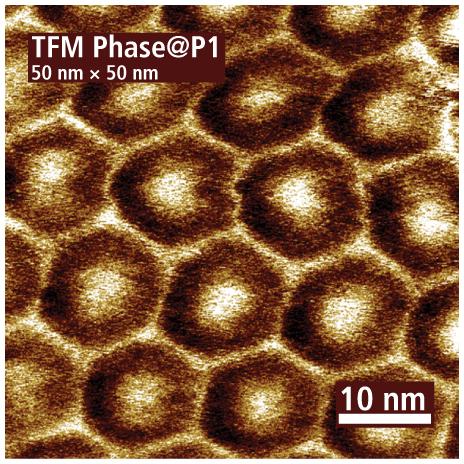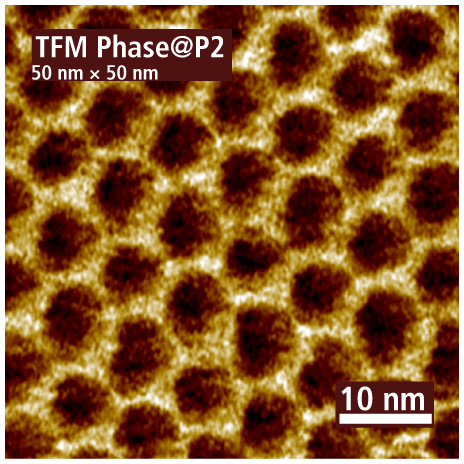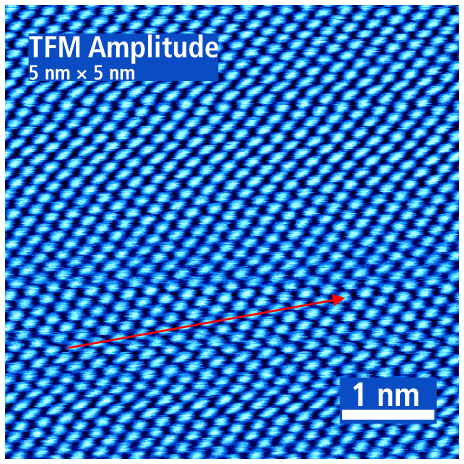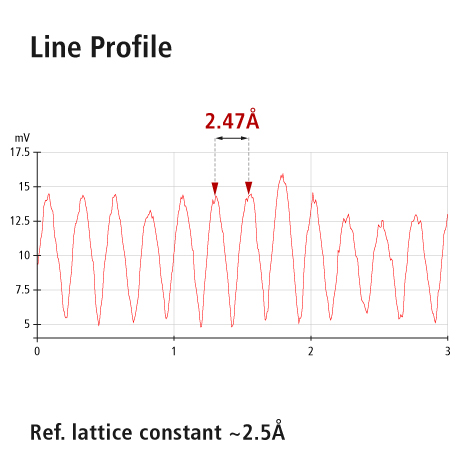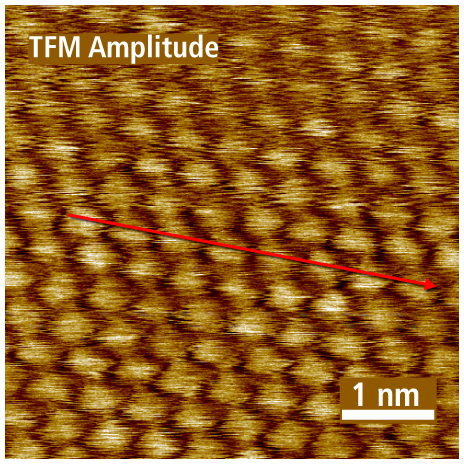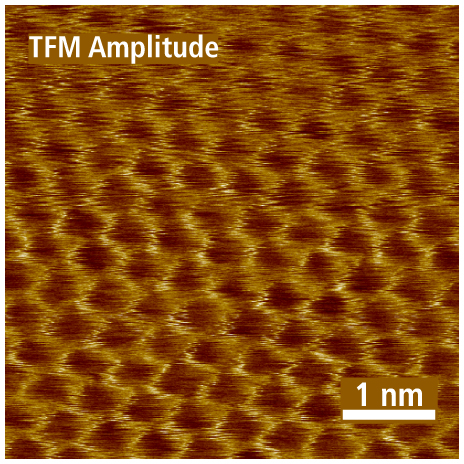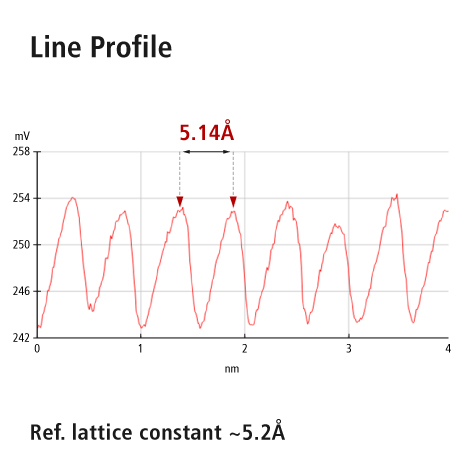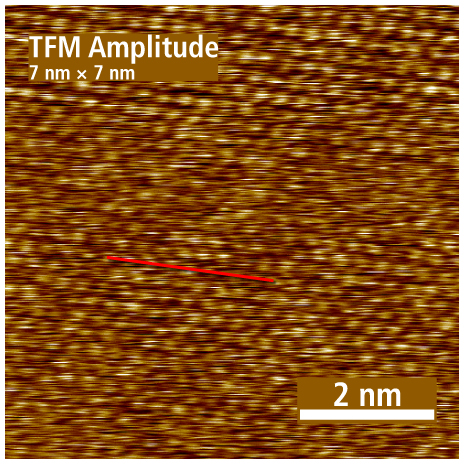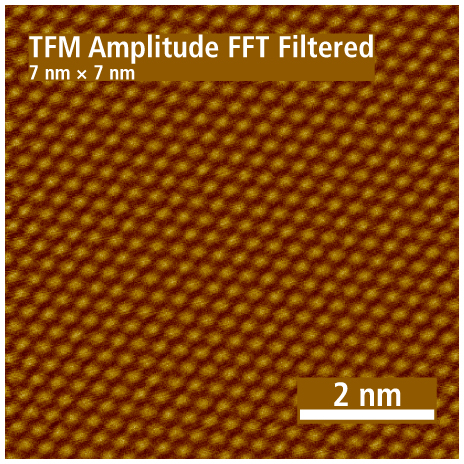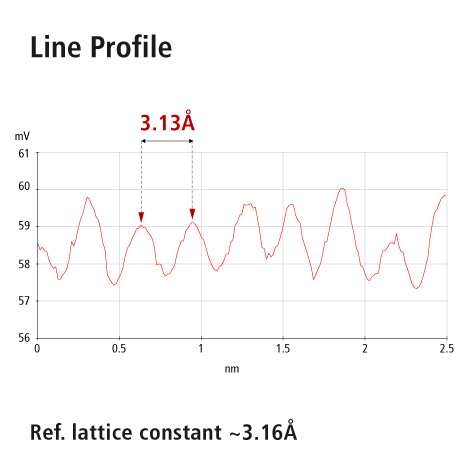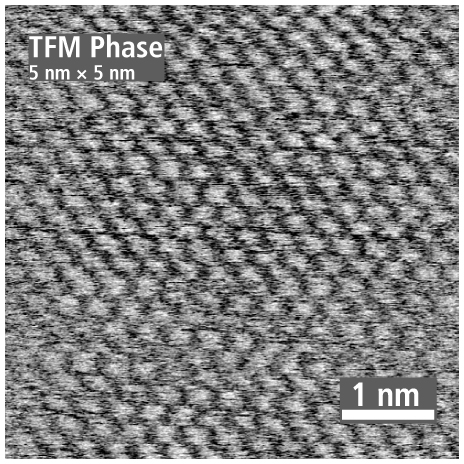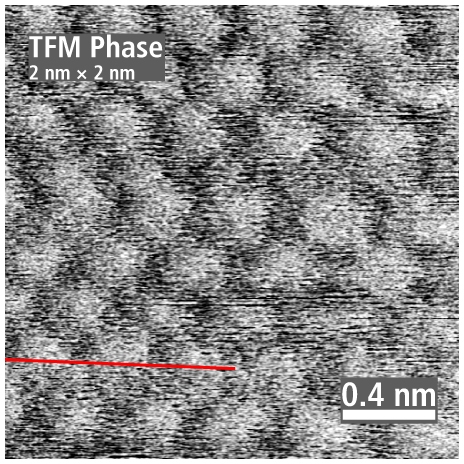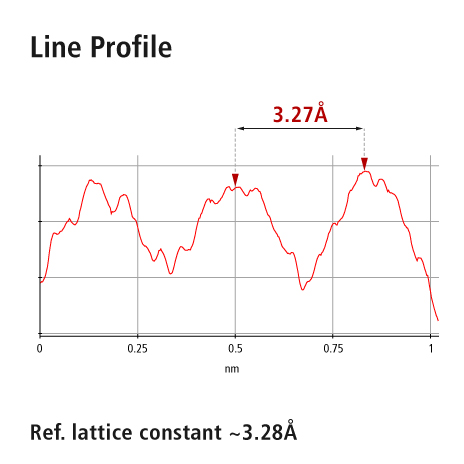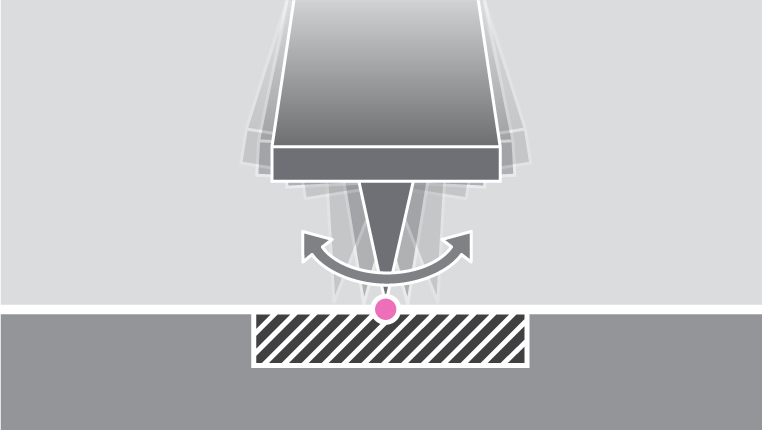
Special Mode
Park Torsional Force Microscopy
Unlocking the Secrets of Lateral Forces with Park TFM
x

Unlocking the Secrets of Lateral Forces with Park TFM
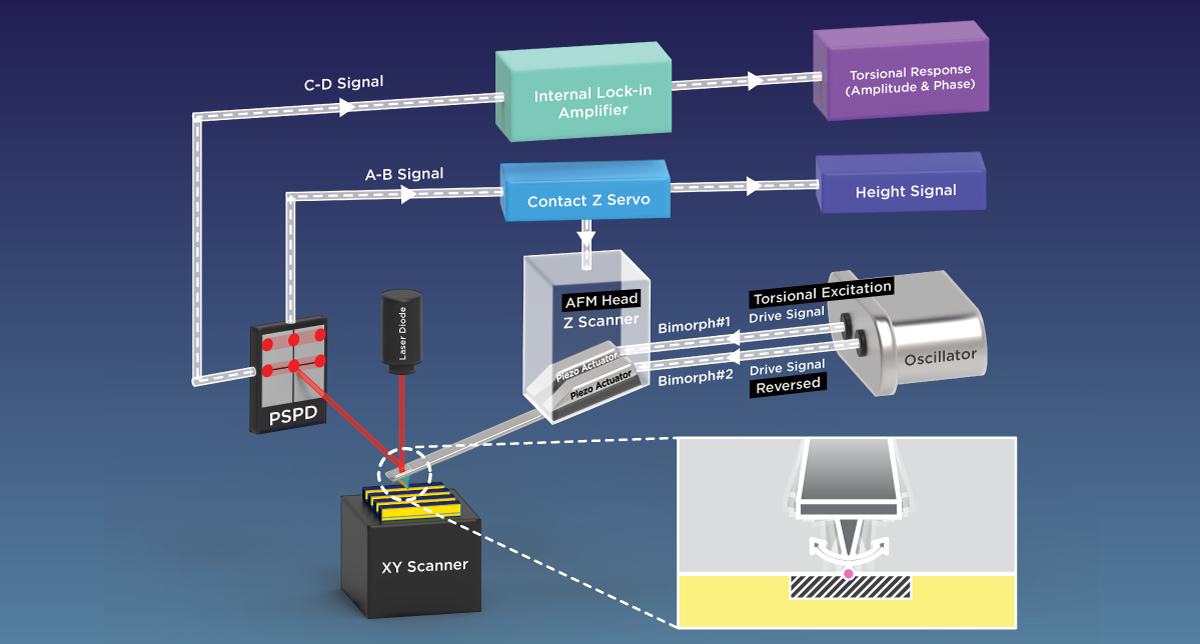

Dual lateral piezo actuators induce controlled torsional oscillations to capture true lateral force signals.
TFM phase and amplitude data reveal nanoscale variations in friction and surface texture with extraordinary clarity.
Extract precise dynamic friction data with high sensitivity even for delicate or anisotropic samples.
Visualize moiré patterns and atomic lattice contrast in materials such as twisted bilayer graphene or WSe₂.


